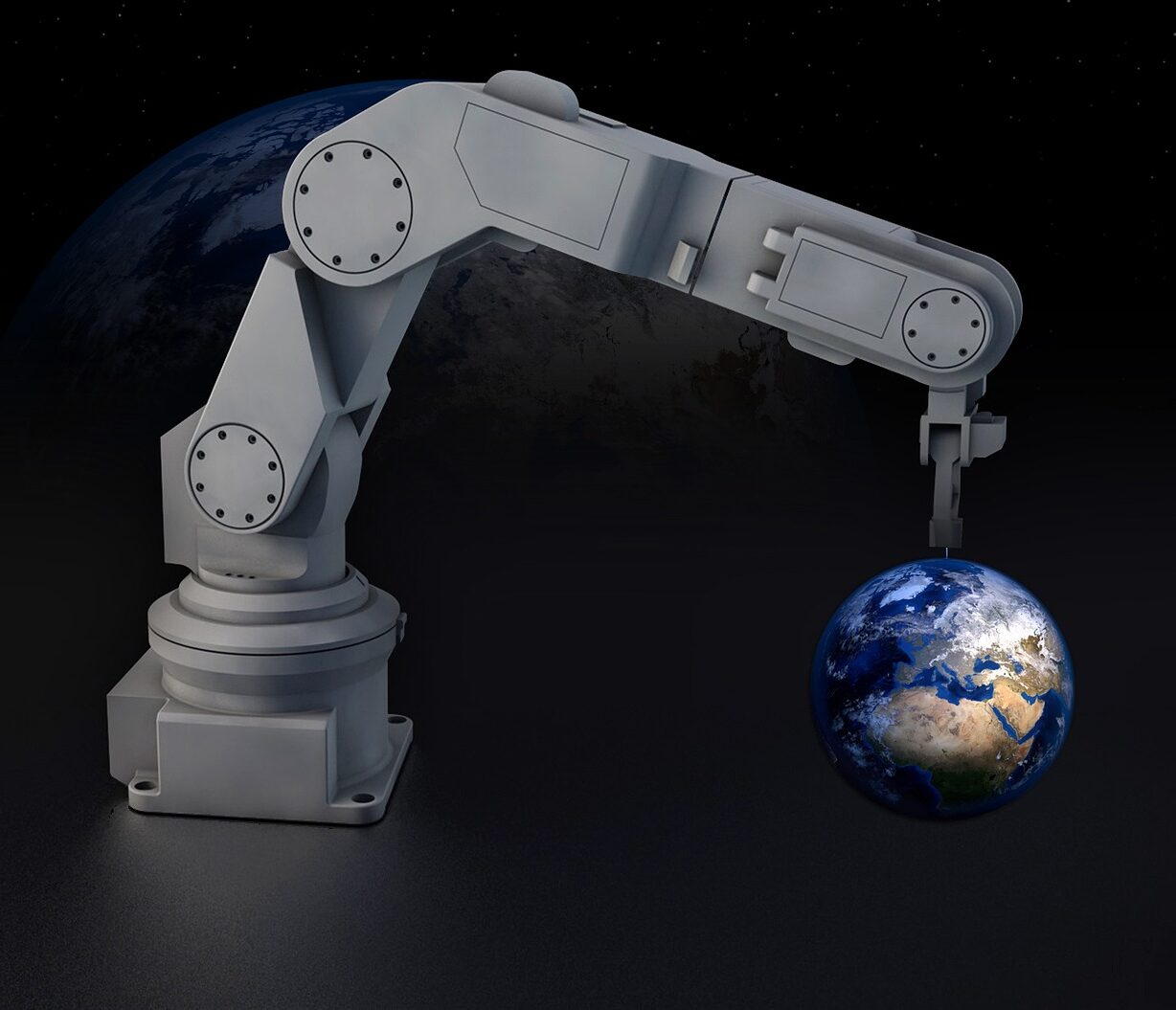Onshoring manufacturing presents opportunities and challenges
Keeping members informed about the complex issues of U.S. taxes, tariffs and trade is one of pillars of NAFEM’s advocacy efforts. And, regardless of who wins the upcoming U.S. presidential election, onshoring, or returning manufacturing to the U.S., will be a topic of significant discussion. President Trump campaigned in 2016 and today on his efforts to bring manufacturing jobs back to the U.S. In July, Democratic nominee Joe Biden released his plan to rebuild the U.S. supply chain.
Both candidates are aligned with the National Association of Manufacturers’ (NAM) perspective that “Growing the manufacturing base in the U.S. is vital, not only for America’s economic strength and job creation, but also to prepare for future health crises,” said Chris Netram, NAM vice president, tax and domestic economic policy.
However, doing so poses significant challenges. “Repatriation of manufacturing is a great concept, but we’re in a global economy,” said David Wasserman, CFSP, chief operating officer, Mercer Culinary, Ronkonkoma, N.Y. “Pre-pandemic, the U.S. was sitting at about 4 percent unemployment. As our society ages, manufacturing jobs become less attractive and we restrict immigration, where will the people come from to fill these jobs?”
Dave Rolston, CFSP, president and CEO, Hatco Corporation, Milwaukee, Wisc., agrees. “Our ability to onshore is driven by the labor conundrum. On the one hand, the tariffs have helped make it more economical to produce in the U.S. But we’ve tied our other hand by not doing more to address immigration. I think we’ll be back to a tight labor market a year from now.”
NAFEM’s 2020 Business Planning Study showed that members procure a high percentage of goods – 38 percent – from nondomestic sources. This is higher than the 30 percent average at other North American manufacturers. Also, NAFEM members with lower annual revenue are more likely to outsource fabrication, assembly, and design and/or R&D. The complexities of repatriating manufacturing continue to escalate.
“While I’m certainly a fan of onshoring, the economics have to be there,” Rolston said. “Companies went offshore due to the economics and it’s the economics that will bring them back.”
In its recent Risk, resilience and rebalancing global value chains report, the McKinsey Global Institute found that “the interconnected nature of value chains limits the economic case for making large-scale changes in physical location.” The consultancy estimates that only 16 to 26 percent of global exports could shift to different countries in the next five years. “Countries would have to be prepared to expend considerable sums to induce shifts from what are otherwise economically optimal production footprints.” According to McKinsey, the economic case to move is most viable for labor-intensive supply chains with opportunities to reduce costs.
“The pursuit of lower-cost manufacturing is not a new concept. It’s been going on forever; look at the textile industry,” Wasserman said. “Domestic manufacturing offers a greater degree of control, but at a far higher cost.” His colleague, Joe Flaherty, CFSP, Mercer Culinary’s senior vice president, adds, “Purchasing comes down to a price and quality equation. We receive thousands of product inquires a year and maybe four care about product origin. Plus, when you look at the changing demographics of the U.S. population, “made in America” may not hold the same cachet it did years ago.”
Rolston sees it a bit differently. “I still think ‘made in America’ can drive a 10 percent delta,” he said. “We’ve seen that some people will pay a premium for these products both domestically and internationally, especially in Asia.”
As part of its American Renewal Action Plan, NAM identified seven steps the U.S. should take to strengthen its modern manufacturing supply chain. These include:
- Creating new incentives to support onshoring, including a tax credit to encourage companies to make domestic manufacturing investments.
- Providing incentives to help companies recruit, train and retain skilled workers via tax law changes that help defray the costs of these initiatives.
- Enhancing America’s support for innovation by offering R&D incentives. The U.S. currently ranks 26th among advanced economies for R&D tax incentives.
- Ensuring that business loans and capital equipment purchases remain affordable by making a larger percentage of loans deductible and accelerating the tax benefits associated with equipment investments.
- Opening the federal government’s portfolio of surplus property to manufacturers to help offset high real estate costs.
- Annually reviewing U.S. competitiveness to ensure that national policies are the most competitive in the world.
- Harmonizing sustainable permitting to speed the delivery of infrastructure (water, energy, transportation) permits without compromising environmental protections.
In May, the bipartisan Furthering Our Recovery with American Research and Development (FORWARD) Act, S 3593, was introduced. A one-page fact sheet outlines how the legislation would provide expanded tax support for American companies that invest in R&D for new products and technologies.
“As we consider repatriating American manufacturing, we have to build in the essential factors that allow companies to make a fair profit, support our employees and care for our communities,” Rolston said. “We can’t expect businesses to be philanthropic to their own detriment.”
“Our manufacturing is as good as anywhere in the world,” Wasserman said. “But we have to continue to find ways to compete globally.”
